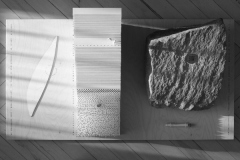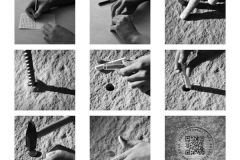Layers of Memory
Expanding the Concept of Monument and Public Space
Text: Rebeka Monory
Nowadays, public space and memorials are undergoing a sort of conceptual change, which calls for new approaches and paradigm shifts. This is visibly so in the urban planning aspects and guidelines that have been published in recent years, both at in Hungary and abroad: an interdisciplinary approach to planning methodology is becoming accepted. This paper presents one aspect of this approach, a complex design approach which emerges from the interpretation of the different layers of public space, through an entry for the international art competition Silenced – Memory of Women Raped in Wars, co-designed by the author and Iván Patrik Kund. The competition called for a complex, long-term programme, of which the artwork itself is only a part, rather than the typically power-driven, dialogue-free works. Its theme – the memory of women raped in wars – requires a particularly sensitive approach, and, like counter-memorials, it also calls for new forms of memory culture. The focus is no longer on the mourning of heroic heroes, but on the senseless victims of trauma. This type of work is becoming socially relevant because of the responsibility of the community, but the cases are always unique and personal. The authors imagined the work in several layers, which were conceived in the course of the creation: place, i.e. the marking of a place, a space of remembrance; object, i.e. the monument itself in which social memory is materialised; interaction, i.e. the unravelling of personal memory through dialogue and the dissolution of taboos; and time, i.e. continuity through the interweaving of social and personal recollections.




